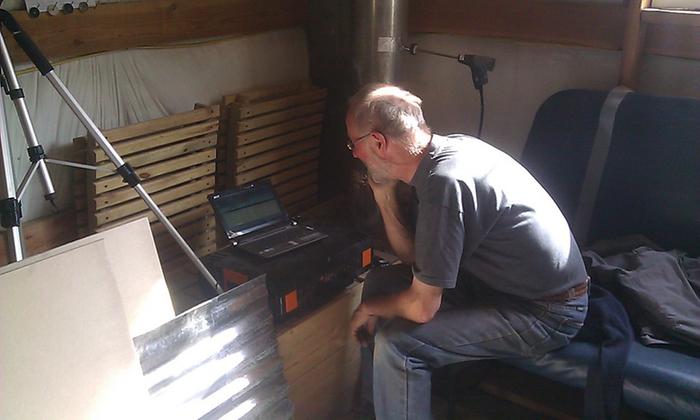
 5
5







 3
3




Projects, plans, resources - now on the Permies.com digital marketplace.
Try the Everything Combo as a reference guide.








“The most important decision we make is whether we believe we live in a friendly or hostile universe.”― Albert Einstein
 2
2








“The most important decision we make is whether we believe we live in a friendly or hostile universe.”― Albert Einstein




 1
1




 1
1




 1
1




 2
2




 4
4




 3
3




regards, Peter




Peter van den Berg wrote:Hi Christoph,
Yes, you can visit me in April, no problems there. I'll mail you for further details.




 6
6




regards, Peter
 3
3




 5
5




Randy Butler wrote:Can you please tell me if the Shorty 2 core is as scalable as the earlier offerings?
Randy Butler wrote:Do you have a SketchUp of the 7" Shorty 2 with standard US brick sizes (FB 4.5 x 9 x 2.5, splits are 1.25 thick)?
Randy Butler wrote:Or can I just scale up from the 6" and re-arrange bricks to meet the up-sized dimensions?
regards, Peter
 3
3




 2
2




Randy Butler wrote:Any chance you have a link to the spreadsheet (or even a jpg version) so I can confirm what I have found so far?
regards, Peter





|
There's a city wide manhunt for this tiny ad:
The new kickstarter is now live!
https://www.kickstarter.com/projects/paulwheaton/garden-cards
|









